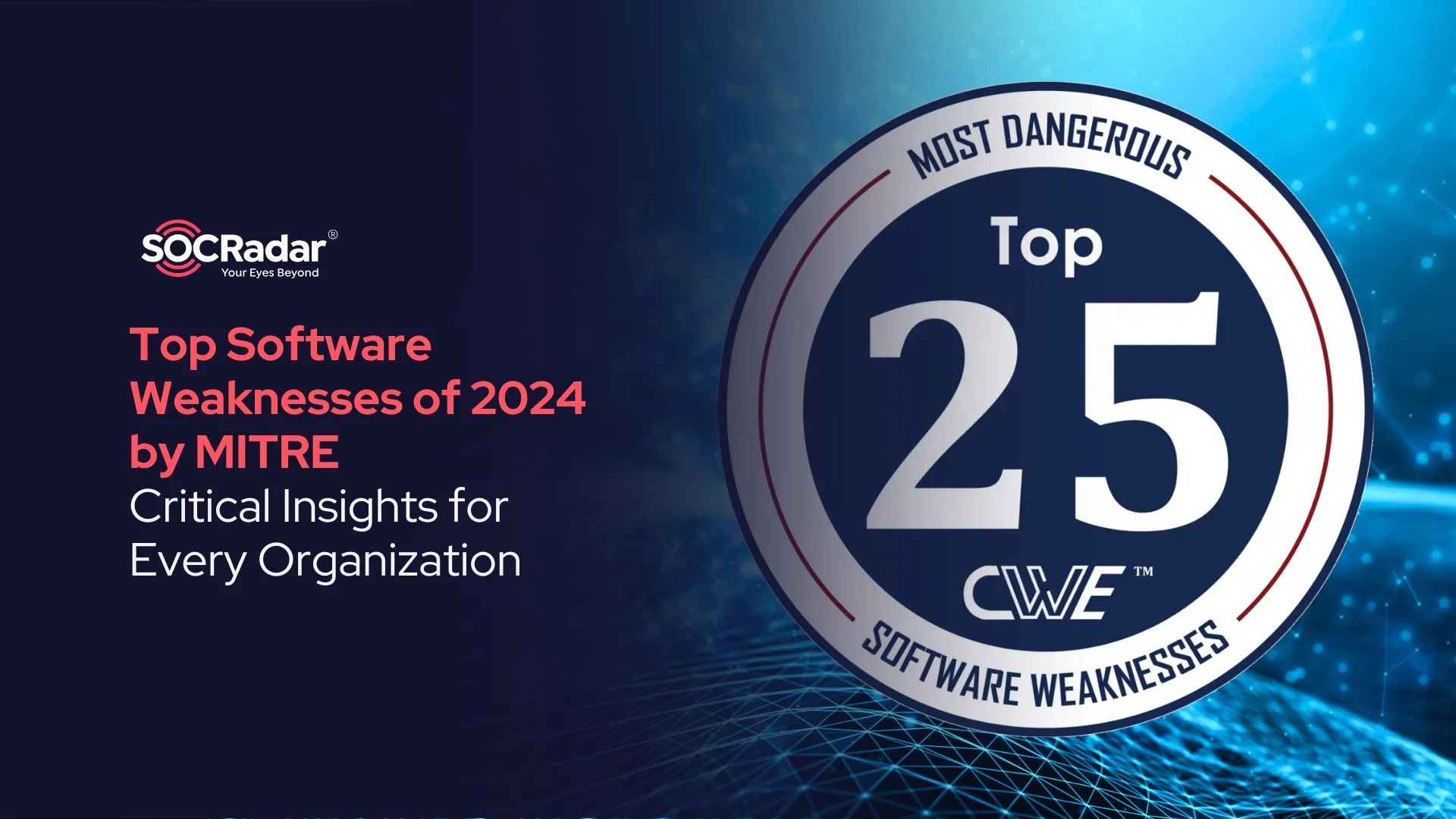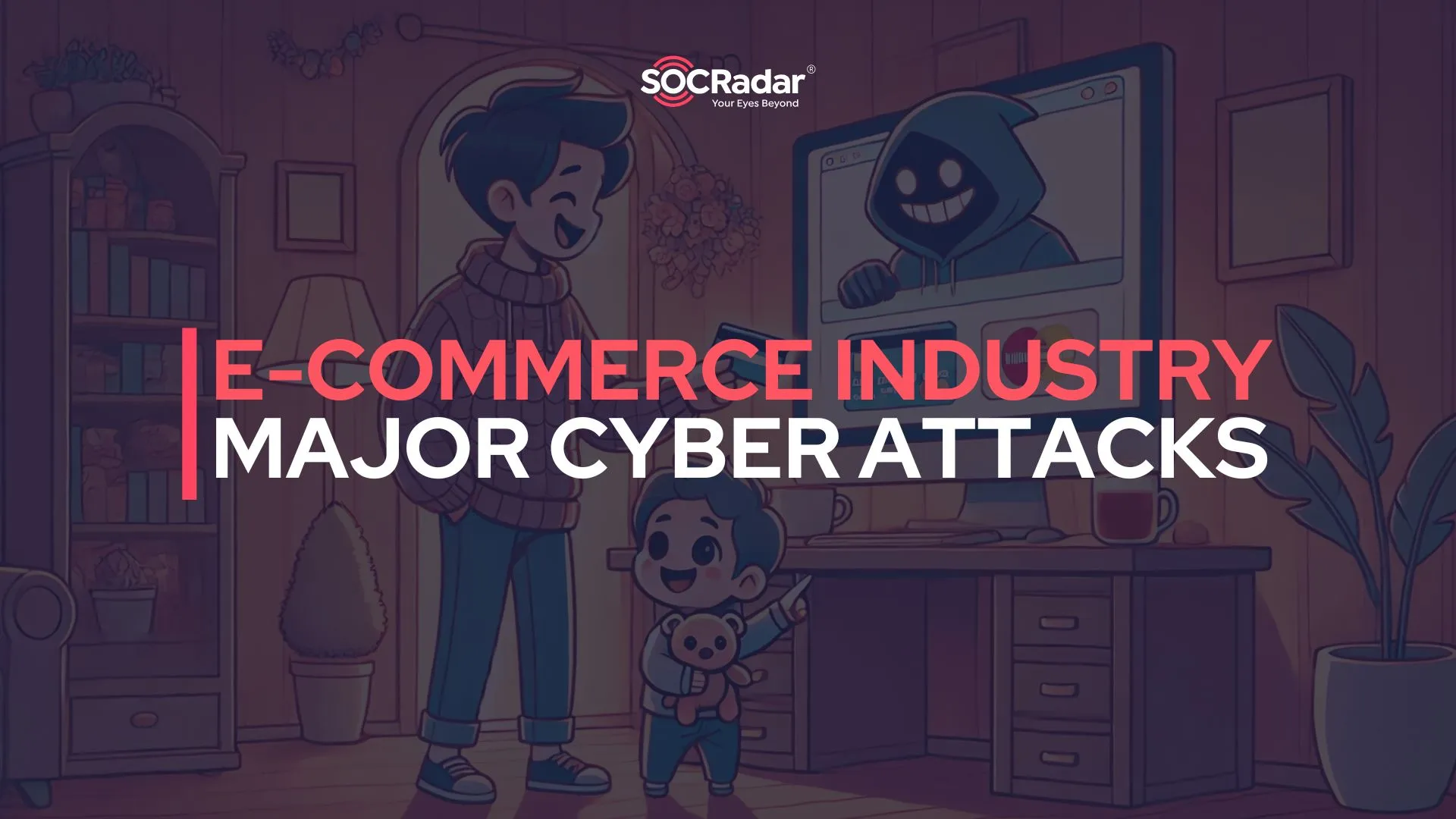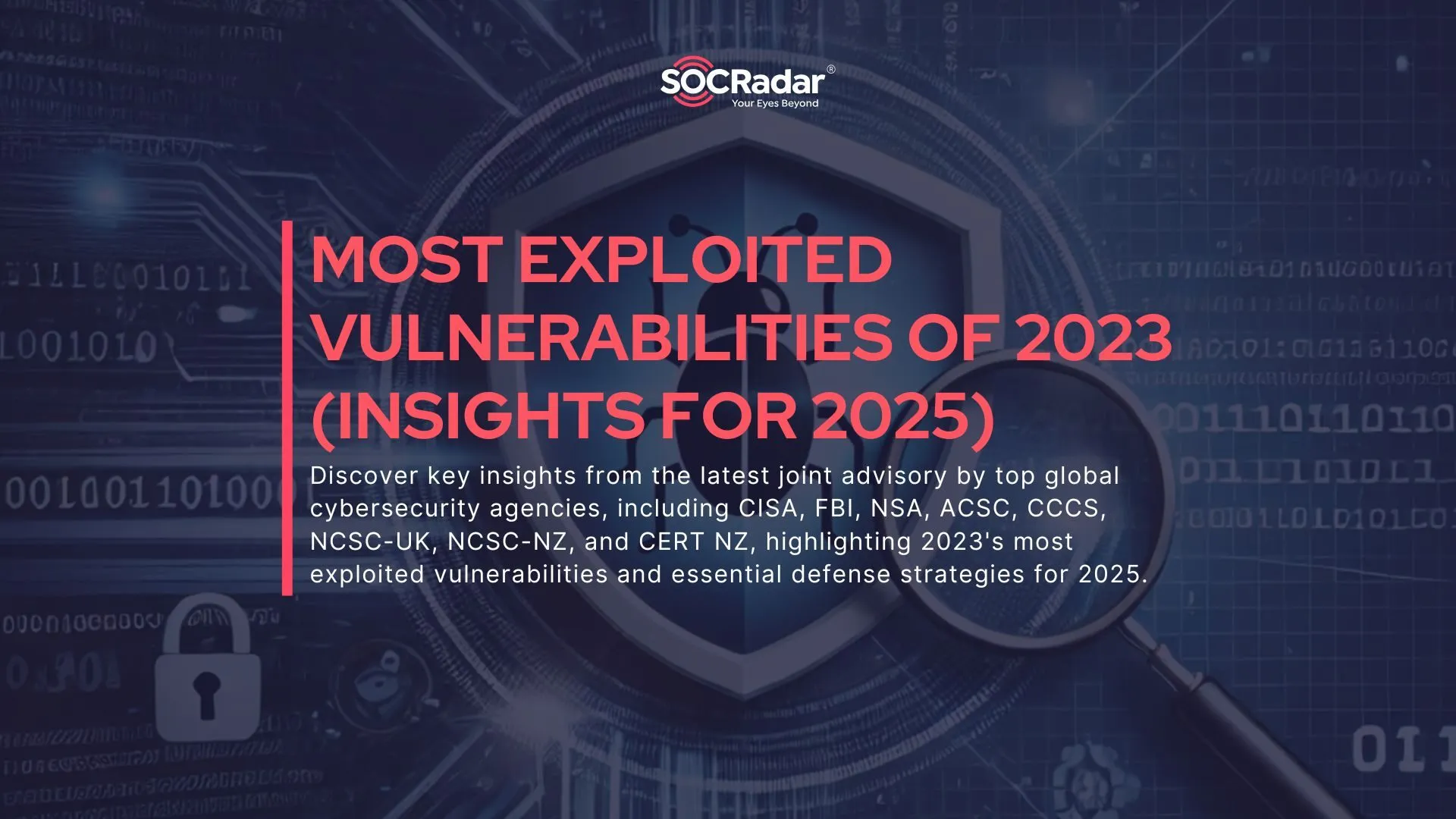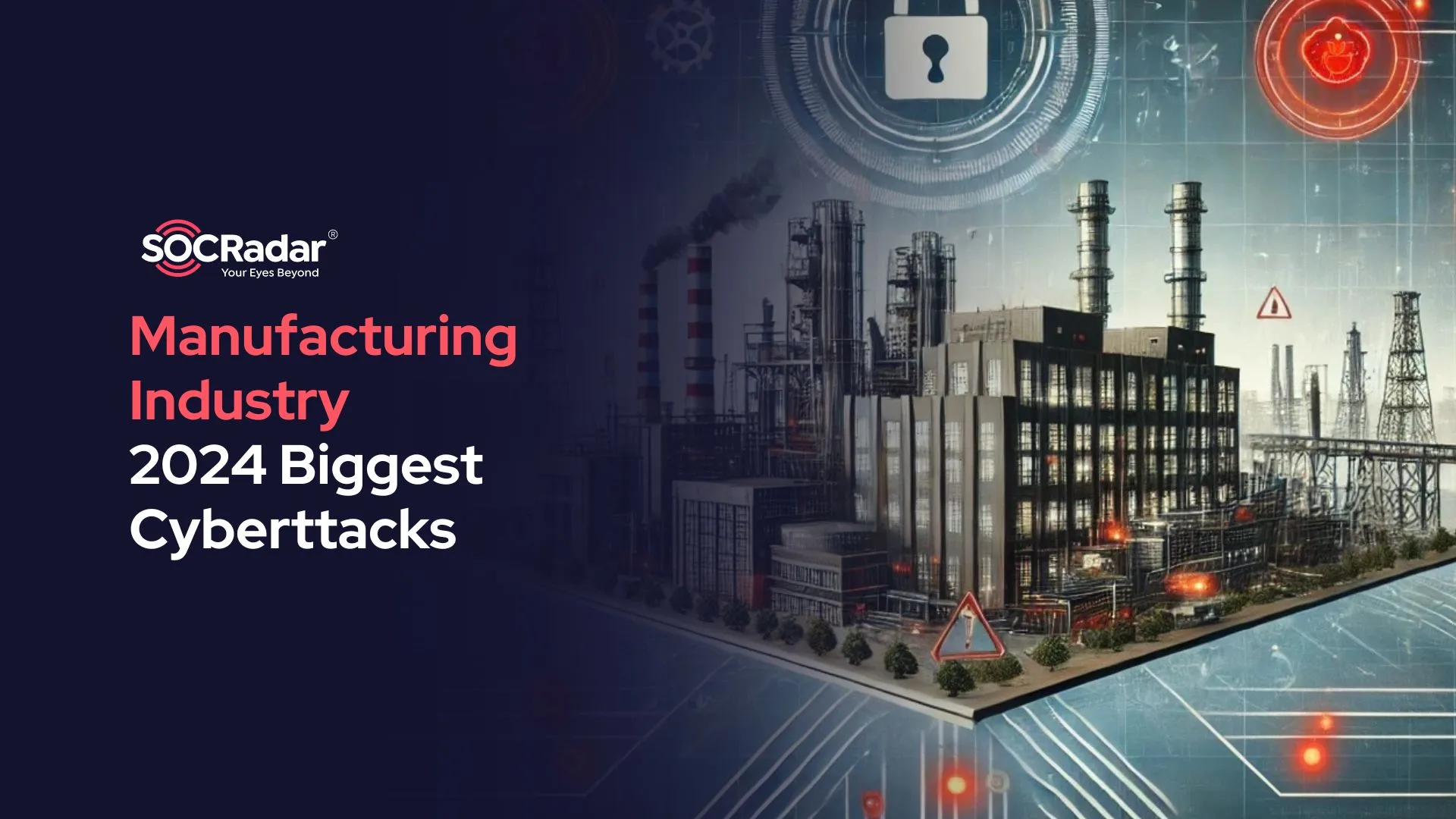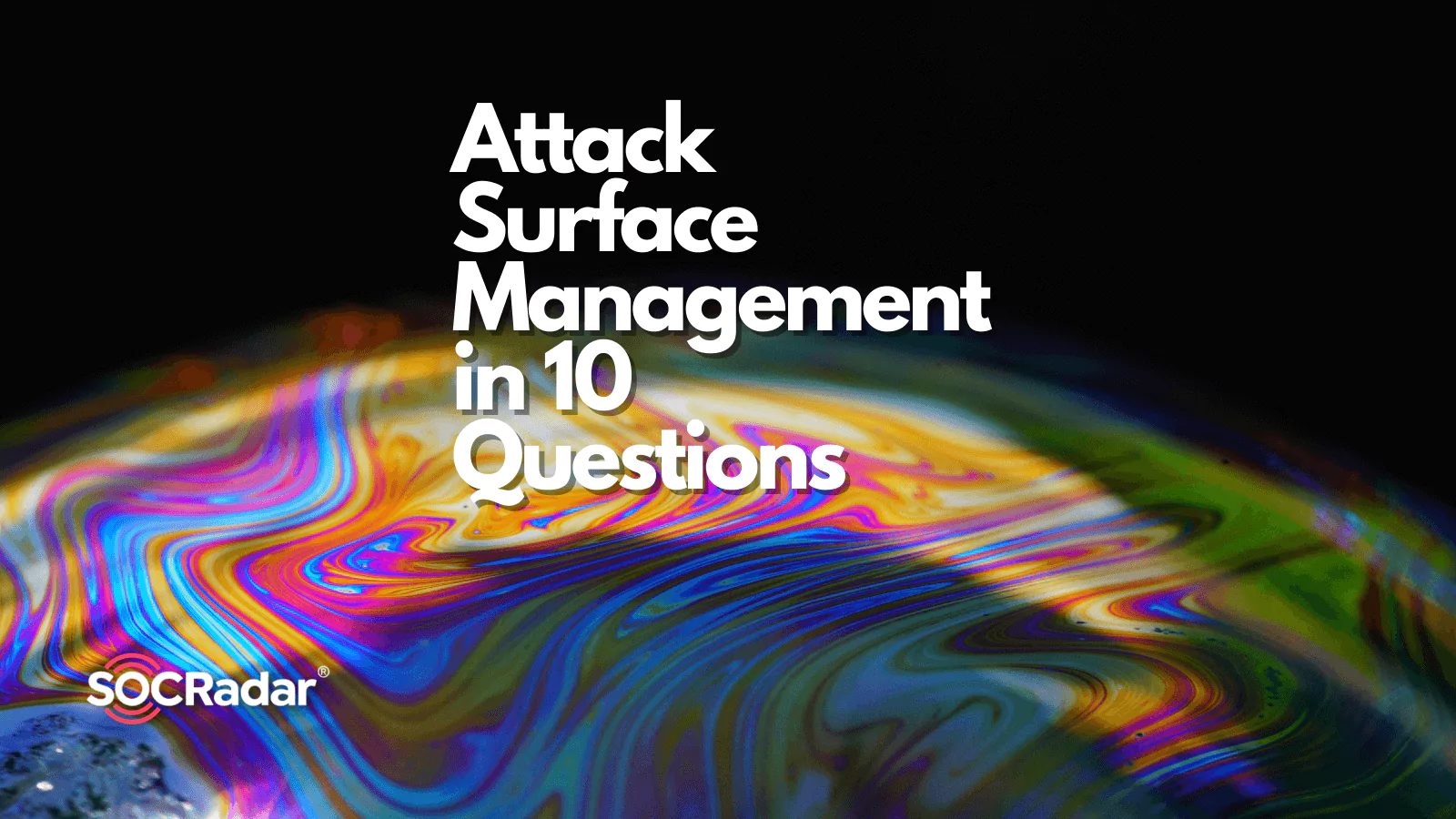
Attack Surface Management (ASM) in 10 Questions
The rise of working from home and access to cloud services and the expansion of businesses have increased attack surfaces. The attack surface is all hardware, software, and cloud assets that process or store information with access to the Internet. That is anything that cybercriminals can attack and breach. We will evaluate this case and answer the common ten questions about Attack Surface Management (ASM).
1. What are the Physical and Digital Attack Surfaces?
Physical attack surfaces include all endpoint devices that attackers can physically reach, such as desktop computers, hard drives, laptops, USB drives, smartphones, tablets, and Internet of Things (IoT) devices.
The digital attack surface consists of public websites, servers, cloud-based applications, and storage.
2. What are the Assets Covered by the Attack Surface?
These assets can be grouped into four categories:
- Known assets: The corporate websites, servers, and associated assets that are inventoried and managed
- Unknown assets: Assets beyond the control of the security team, such as Shadow IT or forgotten websites
- Impersonating assets: Malicious and fraudulent entities created by cybercriminals, phishing websites, mobile applications pretending to belong to you, fake domains, and fake social media accounts
- 3rd party assets: Assets of third-party vendors or service providers with whom businesses exchange data and the organization’s assets represent a threat.
3. What is Attack Surface Management (ASM)?
ASM is the processes and technologies required to discover assets on the attack surface and effectively manage the vulnerabilities of these assets. It consists of discovery, inventory-taking, classification, prioritization, and follow-up. Its fundamental idea is to be aware of an external risk and aware of assets at risk, and be faster than the attackers throughout the process.
4. What is the purpose of the ASM?
The ASM’s goal is to ensure that all exposed data is monitored. Also, minimize the risks arising from human errors, vulnerabilities or out-of-date software, and targeted attacks. Remove any blind spots that could serve as an attacker’s first entry point into the system.
5. Why is it Important to Think Like a Threat Actor?
Whether on-premises, in the cloud, or third-party, all assets are valuable to a threat actor. A threat actor can attack any vulnerable purchase in the organization. And they are looking specifically for the minor resistance point.
Companies usually consider the attack surface narrower, resulting from the defensive line’s overlooked or neglected blind spots. Those weak spots are the threat actors’ vulnerable and low defense points. The best way to protect the organization is to see through the eyes of a threat actor, see all the ways that can reach the organization, and understand and manage it while defining the attack surface.
6. What is the First Stage of ASM?
The first step of ASM is to identify all entities on the entire attack surface. Including those already known and managed and those forgotten and overlooked. This stage is critical. Because knowing the asset to defend will strengthen us against attackers who know exactly where to attack, and we are unaware of their abilities.
7. What is the Importance of Classifying Assets?
The second stage of ASM is the classification of the identified assets. Variety is made according to types, technical characteristics, properties, business critically, compliance requirements, and the unit they belong to. As a result, the relevant people have faster access to assets when needed.
8. What is Ranking and Prioritization in ASM?
Many organizations have too many digital assets. The risks to which these assets may be exposed should be ranked and prioritized according to their degree of safety. So, an effective and efficient result can be obtained. Otherwise, managing the volume of security risks that the organization encounters will be extremely tough. Prioritizing risks in terms of urgency, importance, and safety allows us to know where to focus first to achieve the goal faster and more effectively.
9. Why is the Attack Surface Analysis Critical?
The identified and collected information about the organization on the determined attack surface is analyzed, and useless information is removed from big data. The result is vital data that will be used to improve the system’s security.
Based on the analysis of the attack surface:
- It is determined which components and functions of the system will be reviewed and examined in terms of security vulnerabilities.
- Code and system components that contain high risk and need to be protected by the deep defense are determined
- When and how the attack surface and, accordingly, the threat assessment will change is defined.
10. Why is it Necessary to Use ASM Tools?
The attack surface is not static. It is constantly expanding and increasing. As the organization evolves, the networks of assets for the Internet will also broaden and update in parallel with the digital asset inventory. That’s why it’s critical to keep an eye on purchases 24 hours a day, seven days a week, for newly discovered vulnerabilities and misconfigurations.
Real-time visibility is essential for detecting the response of assets on the attack surface to the attacks. But with limited resources and dispersed responsibility, oversight and control on the ever-expanding and the updated surface becomes difficult. A decent attack surface management tool checks the system regularly for newly found vulnerabilities. Real-time visibility is established in this manner.
For organizations, managing the attack surface minimizes the possibility of attackers exploiting vulnerabilities. However, the digital assets of many organizations, and thus their attack surfaces, have evolved faster than the capabilities needed to identify and protect these digital assets. As a result, attack surface management tools were required.
Discover SOCRadar® Free Edition
With SOCRadar® Free Edition, you’ll be able to:
- Discover your unknown hacker-exposed assets
- Check if your IP addresses tagged as malicious
- Monitor your domain name on hacked websites and phishing databases
- Get notified when a critical zero-day vulnerability is disclosed
Free for 12 months for 1 corporate domain and 100 auto-discovered digital assets.
Get free access.





























